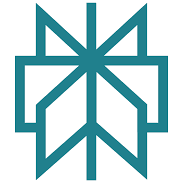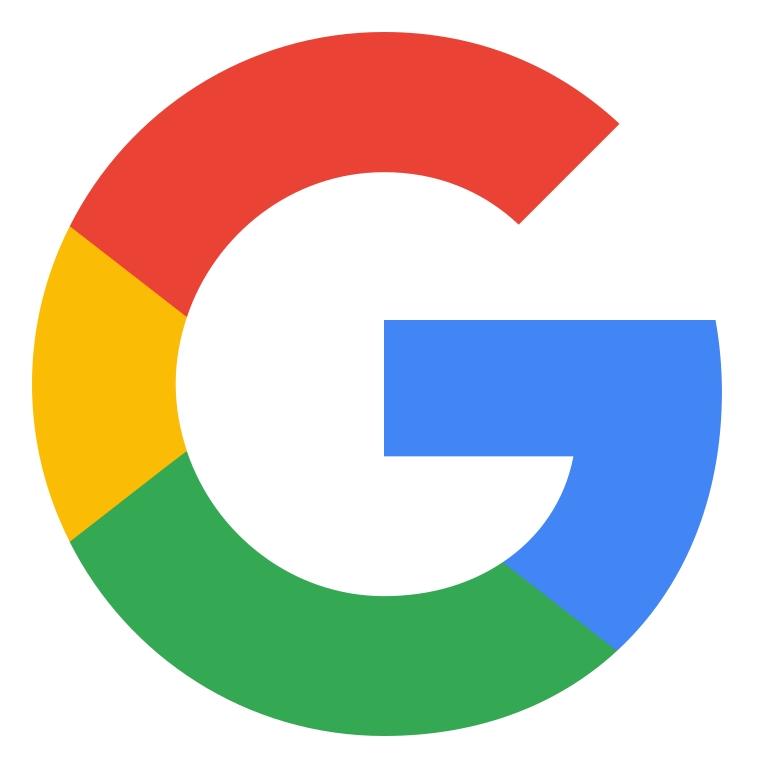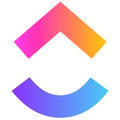Landing Page
What is a Landing Page?
Just like its name, a landing page is where visitors or readers “land” after clicking a link or CTA (call-to-action) button on a social media ad, email, or blog post.
A landing page is quite unique from other web pages as it is created with a single purpose of convincing visitors to perform a specific task, such as signing up for a webinar or a newsletter or buying a product or service. It’s the perfect tool to use if businesses want to convert visitors to leads or customers.
Landing pages usually have a clean appearance and contain necessary information on what users should do once they reach the page and other details such as FAQs.
Purpose of a Landing Page
Landing pages help businesses and individuals achieve their marketing goals. Most companies use landing pages to convert visitors into leads by offering something of value (e.g., free report) in exchange for the visitors’ contact details (e.g., email address).
Landing pages also boost traffic, improve the website’s SEO, and build brand awareness. In fact, well-structured landing pages can help businesses increase conversion rates by 5.31%.
Moreover, a study mentioned by Wishpond showed that having 10-15 landing pages can boost the conversion rate of corporate websites by up to 55%. This simply shows that when done right, landing pages are an indispensable strategy. However, most marketers fail to utilize clicks correctly and often bring visitors to home pages instead of a landing page.
Parts of a Landing Page
For a landing page to be effective, it needs to contain the following:
- Strong hook. The first part should be compelling enough for visitors to read the rest of the content.
- Clear copy. The next highlight of a landing page is the copy or body content. It must be written using simple language to introduce the purpose of the offer.
- Images and videos. A landing page needs visuals that encourage visitors to stay longer on the website’s pages, interact with other web elements, and eventually perform the desired action.
- An enticing offer. An offer, also called the lead magnet, must be clear and irresistible. Businesses can offer a free ebook, webinar, or a discount. However, it must align with business objectives to generate high-quality leads.
- Benefits. Businesses should highlight how the offer will improve the visitors’ life, rather than the features.
- CTA. A call-to-action button must be clear, visible, and readable. It also needs to stand out (e.g., different color from body copy, larger font size). CTAs should be used multiple times on the landing page so it will be more accessible to visitors.
- Testimonials and other social proofs. Reviews are the best way to convince visitors to perform the action as it validates the offer’s worth and shows that people benefited from it.
Landing Pages Types

There are several types of landing pages, and it varies depending on the kind of action required or their purpose.
- Squeeze page/ lead capture page.
- Click-through landing page.
- Sales landing page.
- “Get Started” landing page.
- Unsubscribe landing page.
- Long-form landing page.
- Product details page.
- 404 landing page.
- Video landing page.








